Milk Chilling Plant

We ensure quality milk preservation through advanced chilling techniques.

The milk chilling plant lowers the temperature of milk. This ensure freshness and quality. The milk is brought from several milking places. The process involves collecting milk from various dairy farms for testing the milk containing harmful substances. The essential equipment is used to lower the temperature to 4°C or below in order to prevent bacterial growth.
Before milk transported to markets or different process, chilled milk needs to preserve in insulated tanks. Ensuring proper nutritional value and aroma of the milk. Milk chilling plants increase the shelf life of milk. The milk chilling plant manufactured in the MYS plant has several components that work collectively to maximize productivity.
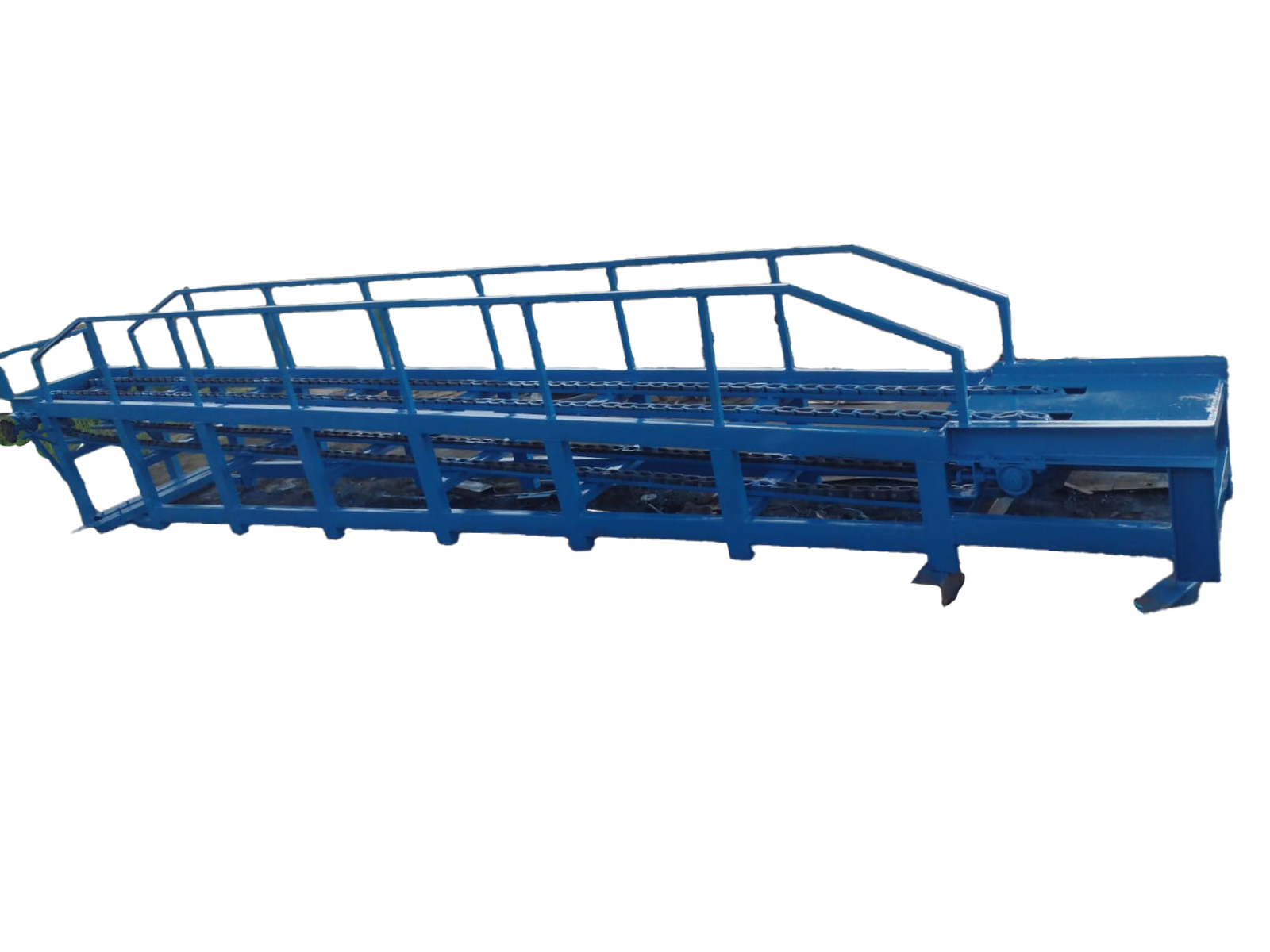
Position: Initial point of the milk chilling plant.
Purpose: Milk cans are allowed to pass to the weighing scale.Milk cans are placed over to belt for easy movement.
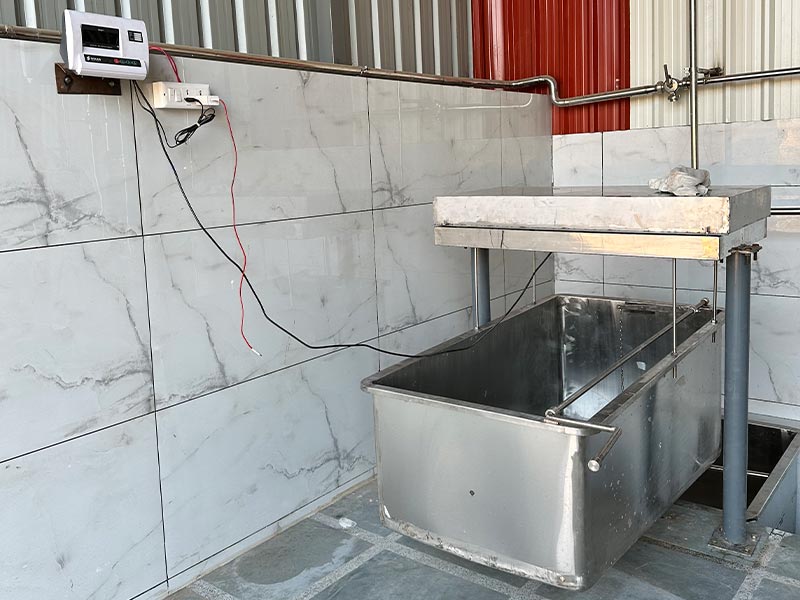
Position: It is placed adjoining of the belt to the other side.
Purpose: Cans’ milk are filled in weighing scale through to record the total weight of the received milk.
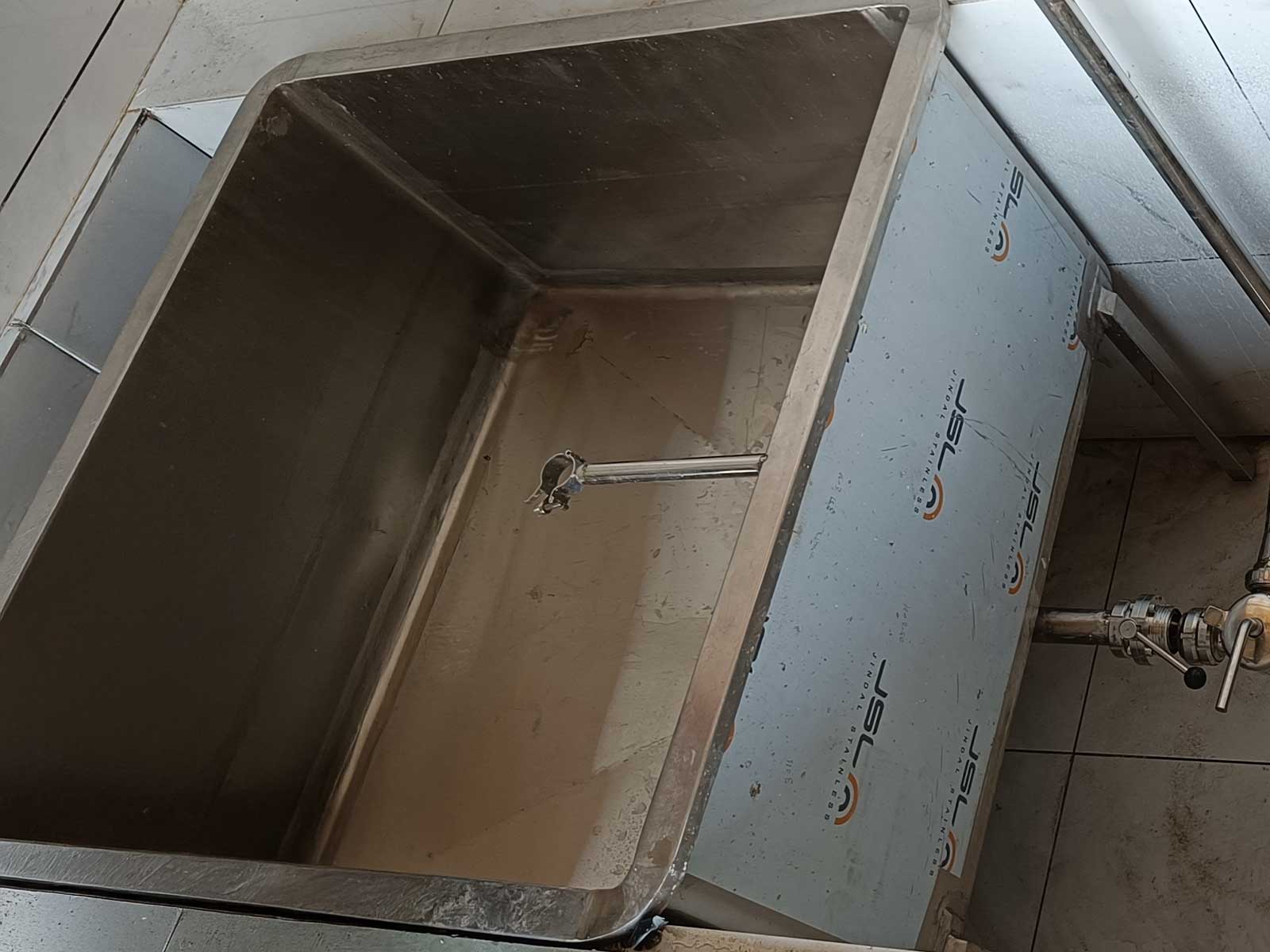
Position: It is placed after the weighing scale.
Purpose: Milk from the weighing scale is emptied into dump tank for storage and further processing.
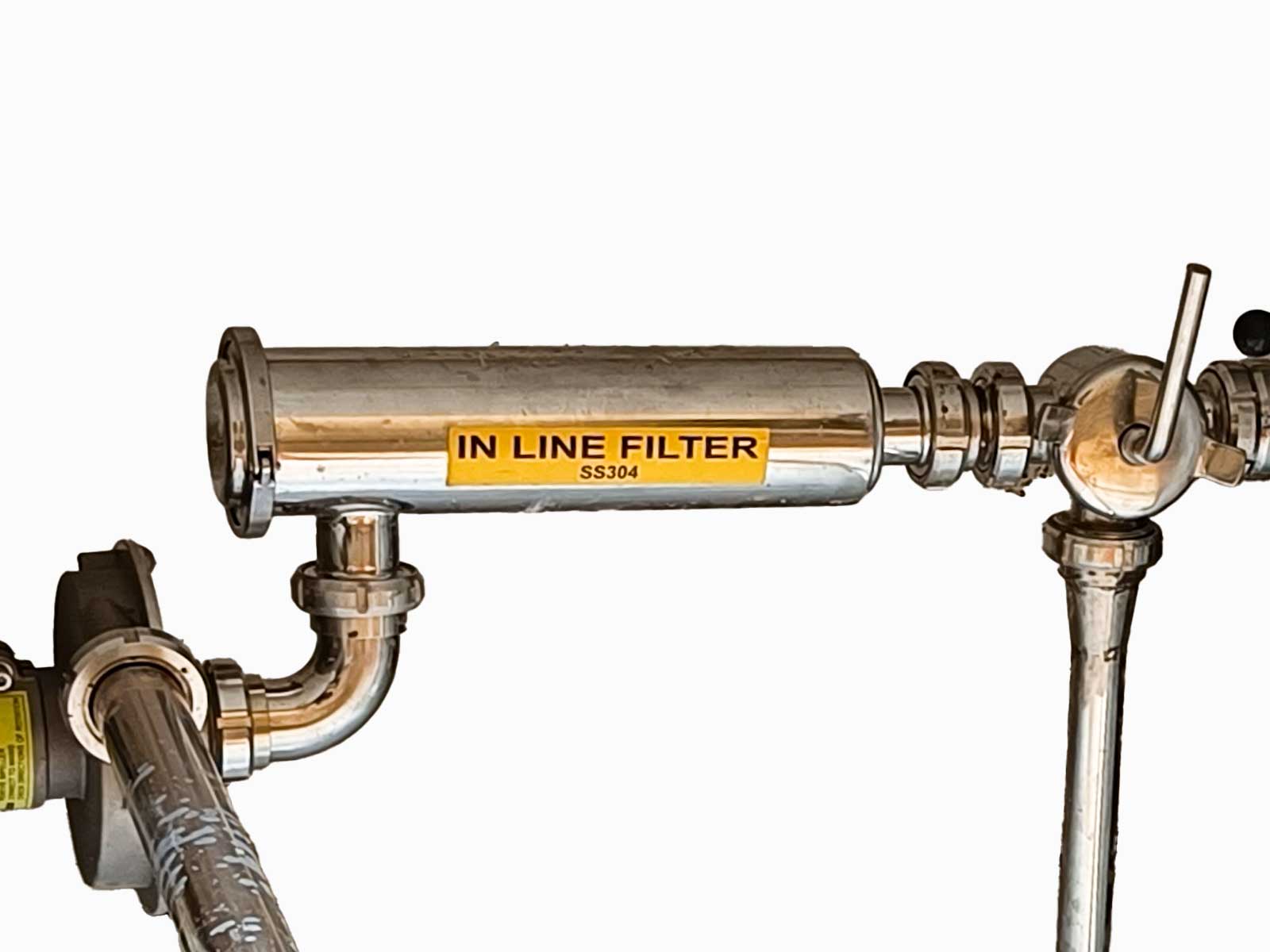
Position: Placed to the wall of the dumping tank.
Purpose: It removes total impurities and solid substances from the milk.
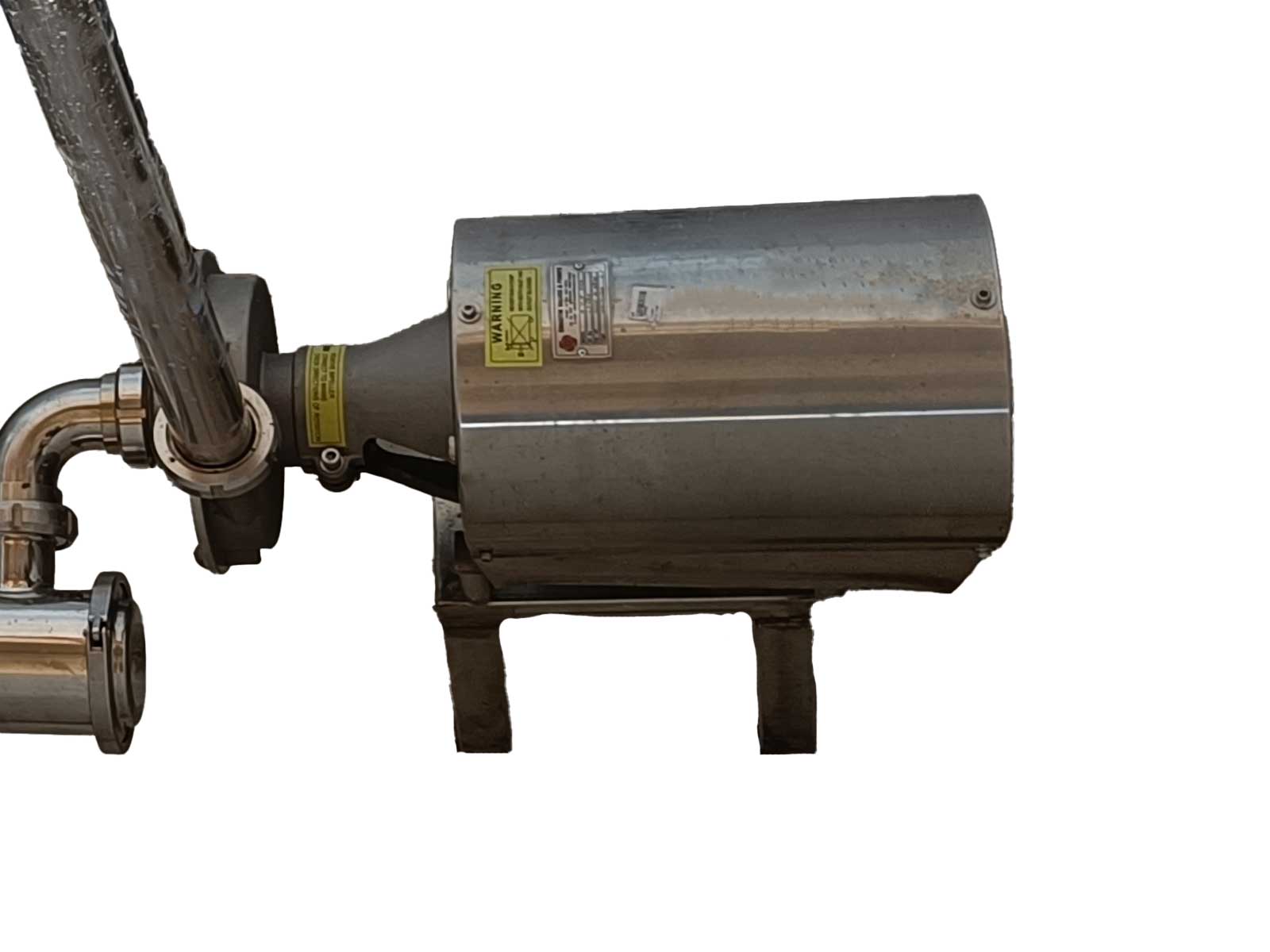
Position: Installed after the inline filter.
Purpose: It allow to transfers total required milk for further process toward the Plate Heat Exchanger (PHE).
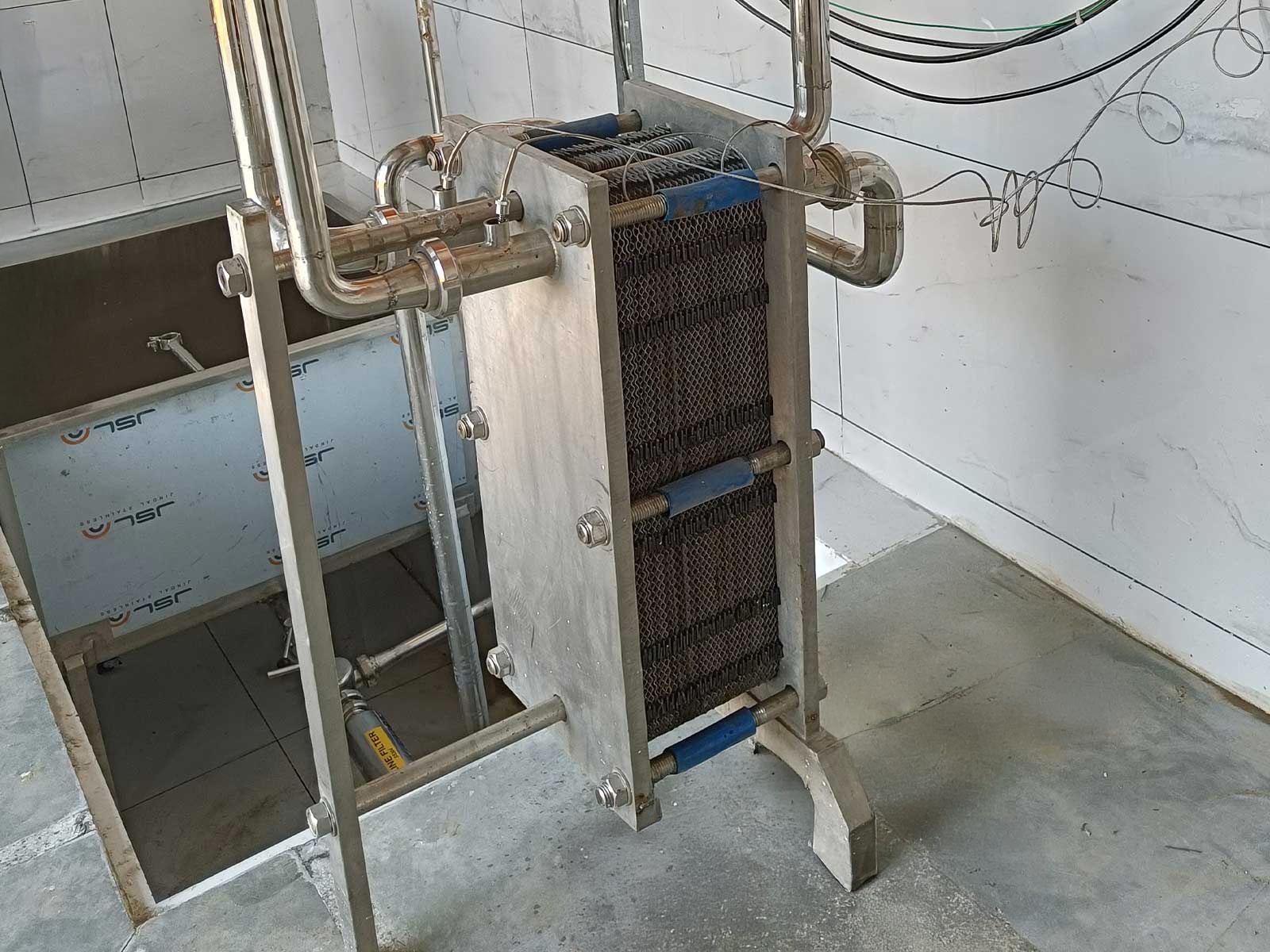
Position: Just after the dump tank.
Purpose: The milk received through pump are Instantly cools by transferring heat to chilled water.
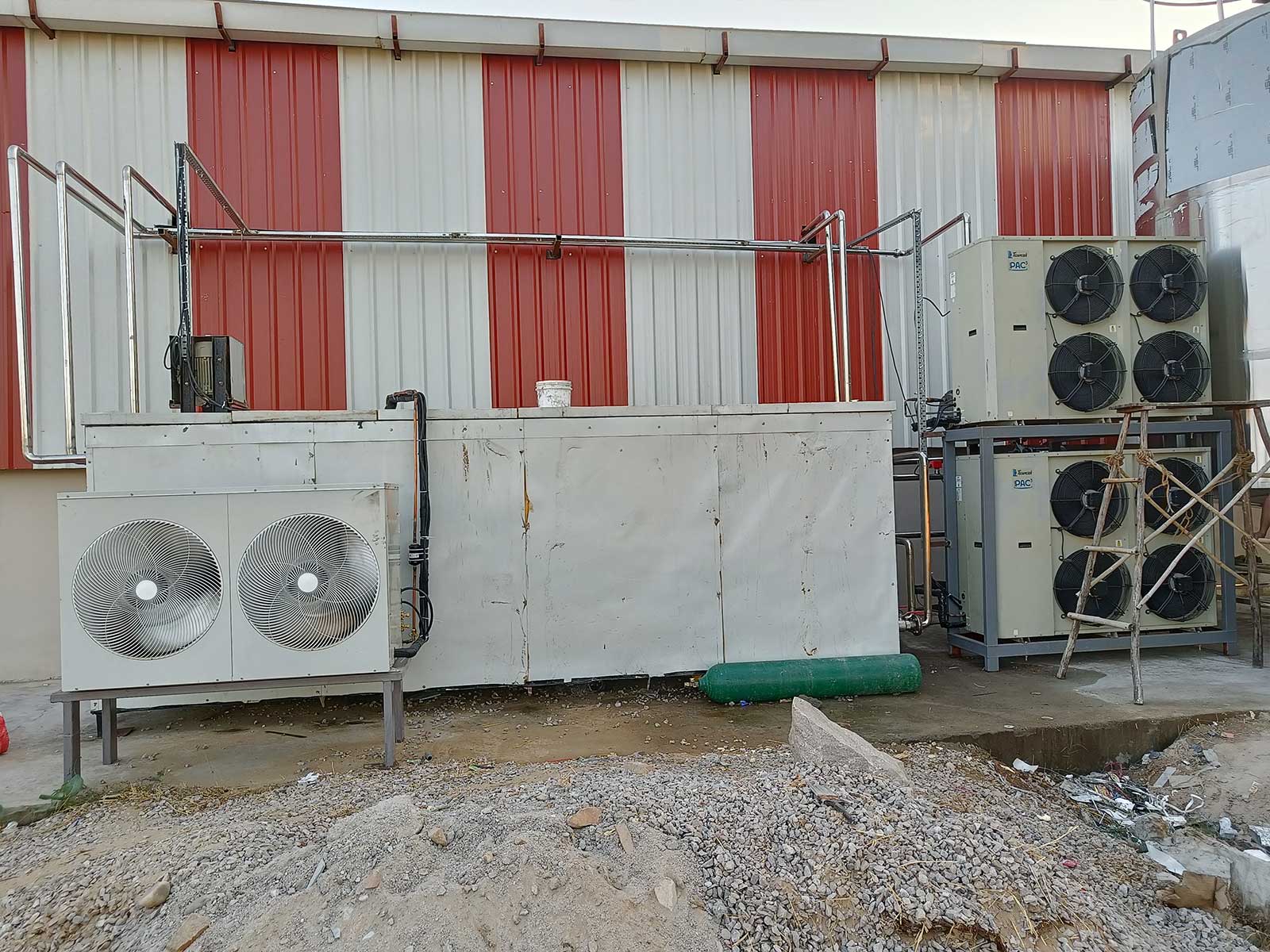
Position: It works alongside the PHE.
Purpose: It is used to supplies chilled water to the PHE for cooling milk. Its chilled water loop is separate.
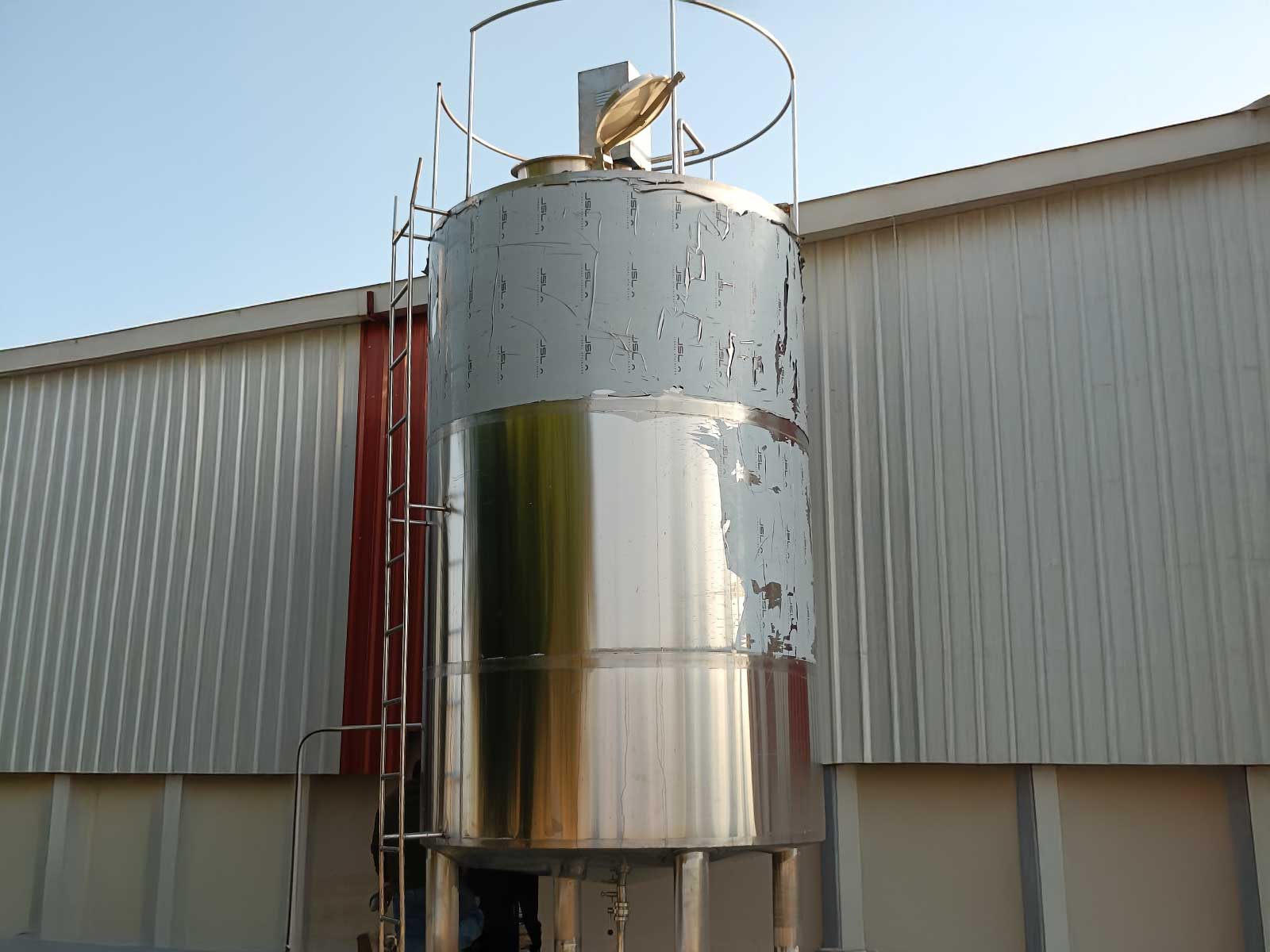
Position: It is placed to the final stage of the process.
Purpose: It stores milk at 4°C and allow milk to transport for further processing.
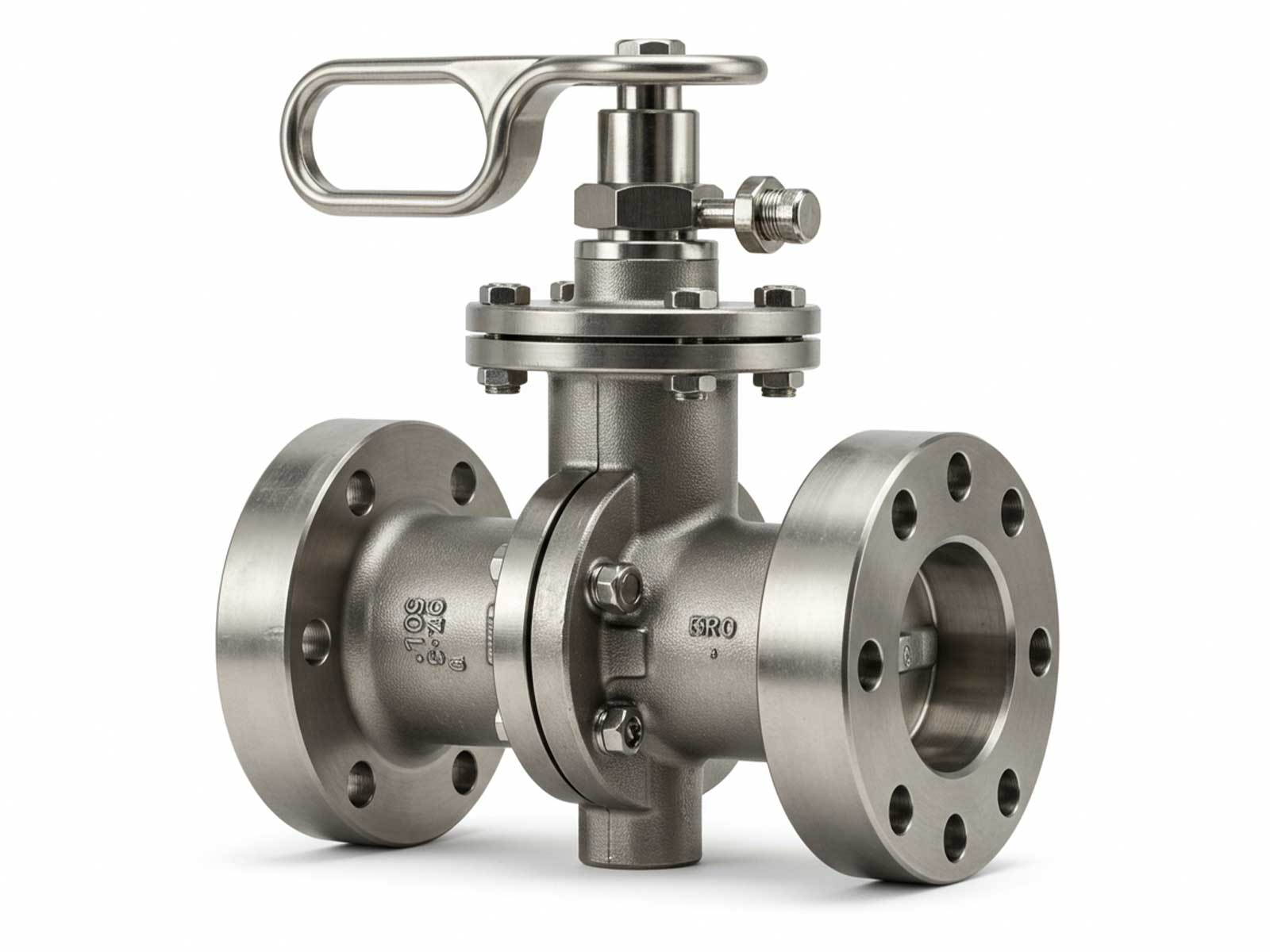
Position: Placed at strategic locations in the flow paths of milk and coolant.
Purpose: Ensure a leak-proof operation and control the flow of milk and coolant.
4th floor, Jagdish Enclave, 402, Hawa Sadak, Keshav Nagar, Civil Lines, Jaipur, Rajasthan
mysenterprisesjpr@gmail.com
Milk chilling plants have the capacity of 500 liters per hour (LPH) to 10,000 LPH. It can be customized as per requirement.
In India, ammonia-based vapor compression refrigeration systems are commonly used in milk processing plants. These systems are low pressure, low cost, and highly efficient.
Fresh milk should be refrigerated at around 4°C to prevent microorganisms from growing and to extend its shelf life.
A glycol milk cooling system uses a refrigeration system to cool a glycol mix in bulk tanks. The cooled mix can then be pumped into retail tanks.
It is applicable in the dairy industry for a quick process to cool milk in a short time with a certain limit of power load.
Milk chilling plants increase the shelf life by maintaining the required temperature of milk and then transport it to different process or to consumers in its purest form. The milk chilling plant also contains the following features:
Milk chilling plants use advanced technology to cool milk quickly and maintain precise temperatures up to 4°C
Milk chilling plants are energy efficient with features like low energy consumption and the use of natural refrigerants.
Milk chilling plants are mapped out to prevent bacterial growth and for maintaining optimal hygiene.
Milk chilling plants capacities vary from 500–10,000 liters. It can customized according to requirement.
Milk chilling plants are user-friendly controls, and it is easy to clean.
Milk chilling plants can be customized to suit specific environmental conditions and your requirements.
The working of the milk chilling plant process involves several stages. It includes everything from raw milk to storing it in an appropriate tank.
The working of the milk chilling plant process involves several stages. It includes everything from raw milk to storing it in an appropriate tank. All the equipment in the milk-chilling machine is so designed to handle and process in the milk-chilling plant business is to maintain its quality, self-life, and safety. It also acts as a secondary refrigerant in milk chilling plant layout. In instant milk chilling plants, ensure the freshness of milk without harming any nutrients. The details of the process are listed below.
4th floor, Jagdish Enclave, 402, Hawa Sadak, Keshav Nagar, Civil Lines, Jaipur, Rajasthan
mysenterprisesjpr@gmail.com
The following diagram provides an overview of the plant's layout, showing the key areas for milk reception, chilling, storage, and dispatch.
For more information about each section, please refer to the equipment and process sections of the website.

Setting up the milk-chilling plant in order to keep the milk and other dairy products fresh for a few days. You can set up a compact or huge milk plant for your establishment, according to your requirements. At MYS Enterprises, we feel the pleasure of offering the Milk chilling plant at best price. Thanks to our vast industry experience.
Since we have an understanding of the particular requirements of every individual client, we frequently customize our approaches to meet their specific requirements. We have implemented multiple milk chilling units effectively for businesses of all sizes throughout the duration of our journey. In order to produce Milk chilling plant at reasonable price, we have been improving our techniques and talents.

MYS Enterprises is a leading manufacturer of milk chilling plants. We assist businesses in establishing and running their everyday operations. Milk is the most nutritious drink, readily accessible, and frequently consumed by all age groups. The entire team works hard to use reliable equipment to develop the most significant milk chilling plant feasible. The plant is an essential aspect of the dairy sector. It is essential for controlling the milk's temperature and for keeping it at an appropriate level throughout.
It becomes essential to preserve milk in a chilling container. The transportation of the milk is longer from the farmer's milking and the milk collection center. The best milk chilling plant equipment is up to date with the latest developments by utilizing modern techniques and technology. Preserving milk in a chilling plant provided by MYS aids in its quality. Keeping the milk refrigerated, the growth of germs gets restricted for several hours.
The customization is possible of the milk chilling plant according to an air-cooled or water-cooled unit according to the requirement. The setting is made according to the average temperature outside in the surrounding region.

A milk chilling plant is an investment that you must make if you own a dairy or other similar business. It ensures the quality of the product and consumer safety. The dairy industry must make sure that its products are preserved at 4°C at all times. It is the responsibility of the organization to keep the dairy products fresh before delivering them to the consumer. The cooling systems are important. Using heat-releasing and heat-capturing processes, the systems help to cool milk after it becomes pasteurized. For the process itself, the chillers are simple to use.
Below are given some Faq related to Milk Chilling Plant
4th floor, Jagdish Enclave, 402, Hawa Sadak, Keshav Nagar, Civil Lines, Jaipur, Rajasthan
mysenterprisesjpr@gmail.com